Caring for Office Plants: Essential Tips
Maintaining healthy office plants can transform your workspace into a lush, calming, and productive environment. Proper care of these plants, however, demands a bit more than just occasional watering. Knowing the essentials of office plant care ensures your greenery remains vibrant and contributes positively to the atmosphere. This guide provides comprehensive, actionable advice for nurturing thriving plants within an office setting, promoting a tranquil and inviting workplace.
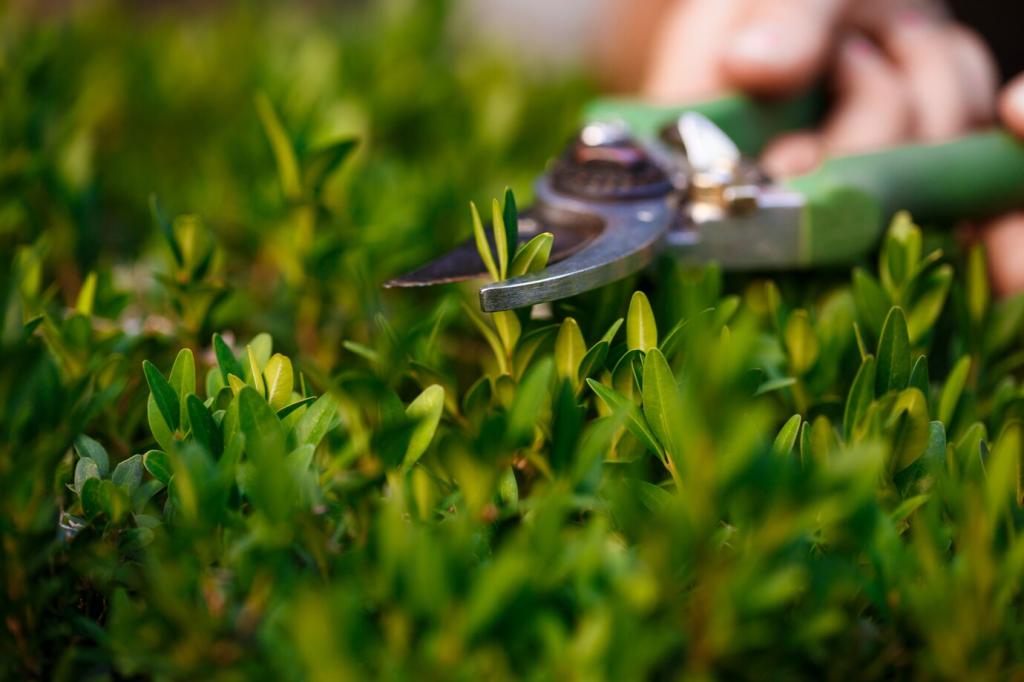
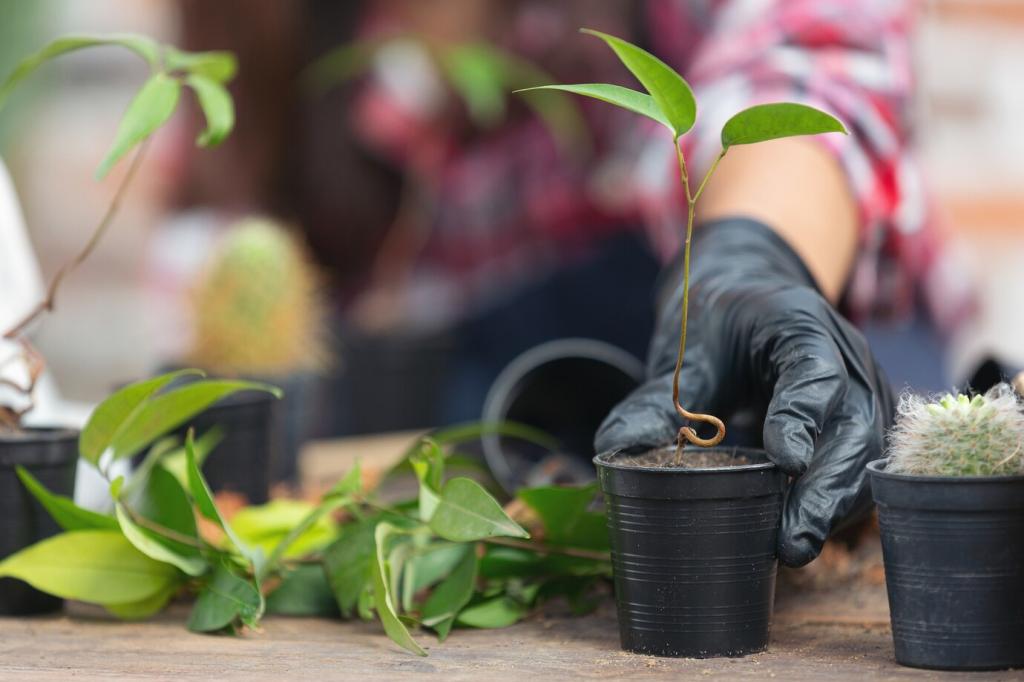
Understanding Office Light Conditions
Not all office spaces are created equal in terms of lighting. Larger offices may benefit from natural sunlight streaming through windows, while smaller cubicles could have mere flickers of fluorescent light. Choosing plants that align with your office’s light conditions is vital. Low-light tolerant varieties such as pothos or snake plants excel in indirect illumination, adapting well to most environments with minimal sunlight. Recognizing your workspace’s unique light profile enables you to choose greenery that won’t struggle or require constant intervention.
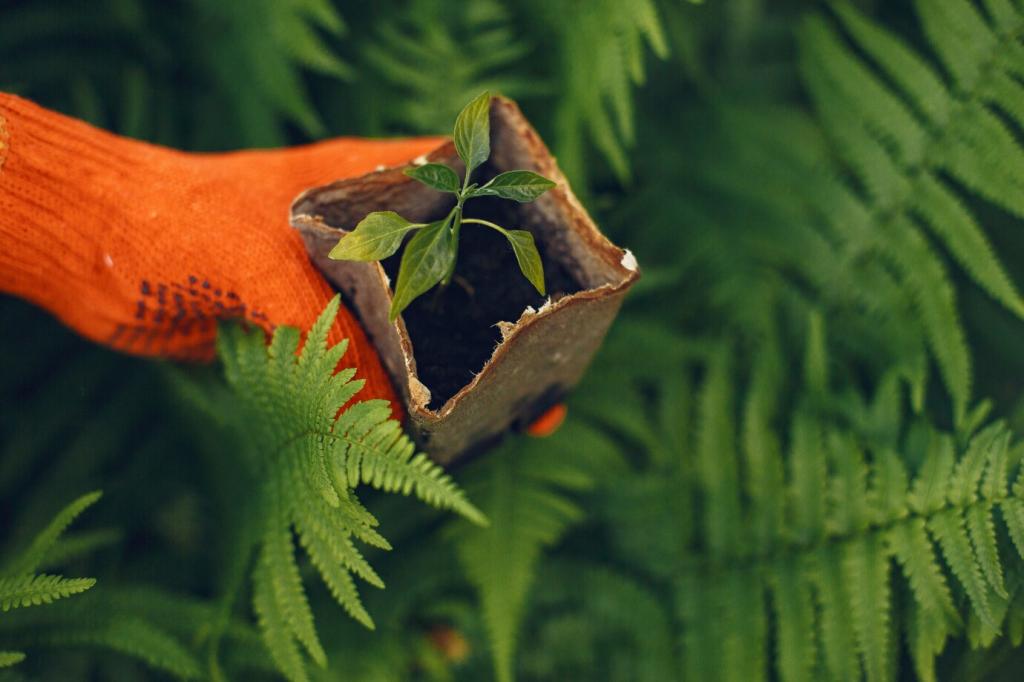
Space and Plant Size Considerations
A crowded office desk can quickly become unmanageable with sprawling foliage. Considering the available space and potential growth of your plants avoids clutter and keeps your environment organized. Compact species or those suitable for vertical solutions, such as wall-mounted planters, work well for smaller areas. Furthermore, plan ahead for the eventual size of your plants; what starts as a small desktop succulent could, over time, outgrow its designated spot if not monitored and pruned as needed.
Avoiding Overwatering and Underwatering
Consistent moisture management is foundational for healthy plants. Overwatering is a frequent mistake, especially in office settings where multiple people may take responsibility for plant care. This can quickly lead to soggy soil and root diseases. Conversely, busy offices often neglect watering for extended periods, which stresses and weakens plants. Recognizing the signs of moisture imbalance, such as yellowing leaves for overwatering or drooping foliage for underwatering, helps maintain appropriate hydration and prevents chronic plant stress.
Determining the Right Watering Schedule
Every office plant has unique hydration preferences based on species, pot size, and environmental factors like humidity and temperature. A rigid, one-size-fits-all approach to watering can lead to poor results. Instead, establish a tailored schedule that takes these elements into account. Feel the soil before adding water—if it’s dry an inch below the surface, it’s time to hydrate. Integrating plant care into your office routine, like watering on a set day each week and adjusting as seasons change, supports plant health year-round.
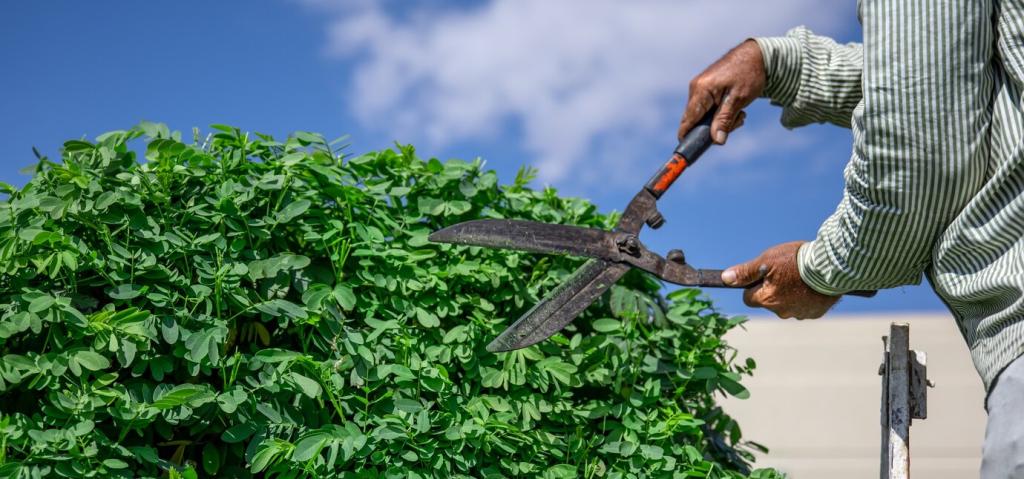
Maximizing Natural Light
If your office has access to windows, take full advantage by positioning plants that crave brighter conditions nearby. However, remember that most indoor plants are adapted to indirect sunlight. Direct exposure can scorch leaves, so consider using sheer curtains to diffuse light or rotating plants regularly for even growth. Observing how sunlight shifts throughout the day allows you to optimize each plant’s placement for maximum health without risk of sunburn or stunted development.
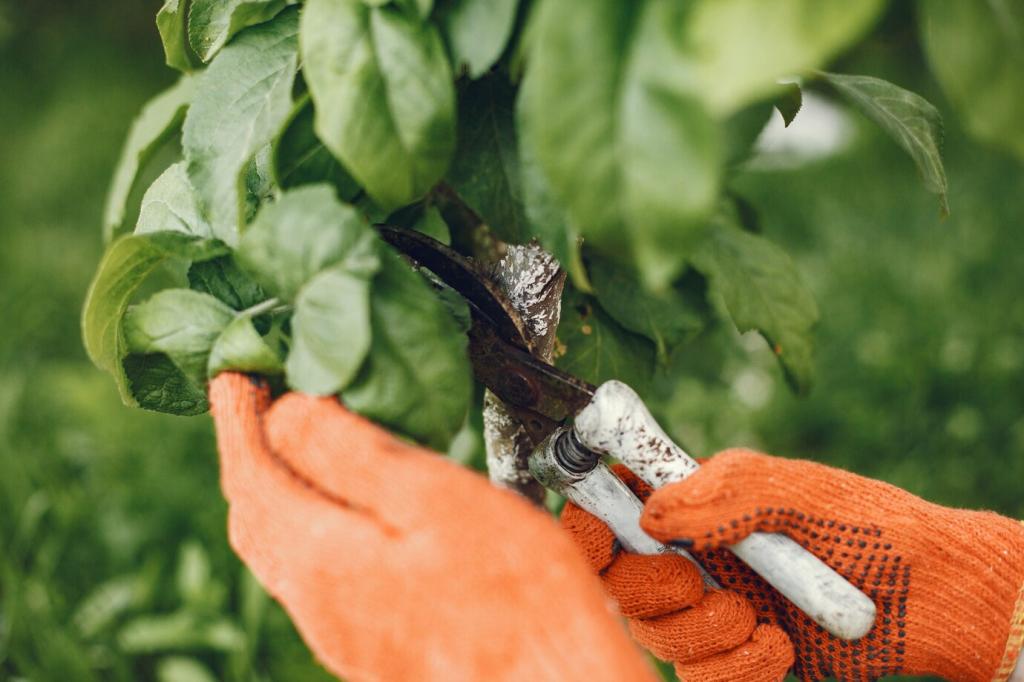
Thriving in Low-Light Environments
Not all offices enjoy natural light, but that doesn’t mean you can’t have vibrant plants. Low-light tolerant species like sansevieria and philodendron are particularly well-suited for spots far from windows. Supplementing with artificial lighting, such as full-spectrum LED grow lights, can help mimic natural conditions and support photosynthesis. Adjusting placement and lighting as seasons change ensures your plants remain robust and continue to beautify your office space, regardless of natural light availability.
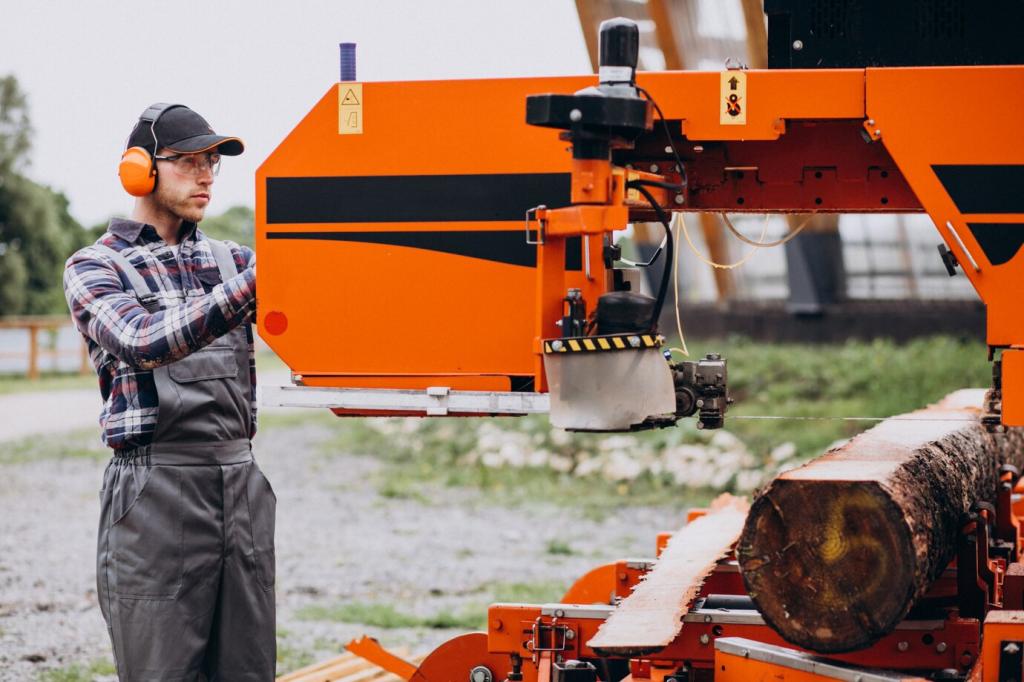
Rotating and Relocating Plants
Static placement can lead to uneven growth and diminished vitality, particularly in environments with inconsistent lighting. Regularly rotating your office plants prevents lopsided or leggy development and ensures all parts of the plant receive sufficient light. Additionally, being attuned to seasonal changes—such as shorter winter days or rearranged office layouts—enables timely relocation of your plants for optimal conditions year-round. Periodic reassessment keeps greenery thriving and visually balanced within your workspace.
Soil and Potting Essentials
The type of soil used directly impacts your plant’s ability to retain moisture, access nutrients, and breathe. Generic garden soil may compact or drain poorly in a container, making specialized potting mixes a better option. For instance, succulents prefer sandy, fast-draining blends, while tropical plants thrive in moisture-retentive but airy mixes. Investing in high-quality soil tailored to your plant’s needs supports strong root development and simplifies ongoing care within the office environment.

Feeding and Fertilizing
Understanding Plant Nutrient Needs
Every plant requires a unique balance of macronutrients like nitrogen, phosphorus, and potassium, as well as trace elements for healthy development. Recognizing the nutritional needs of your specific species enables you to tailor fertilization practices accordingly. Over-fertilization, especially common in offices where multiple caretakers are involved, can burn roots and damage plants. Conversely, neglecting fertilization may lead to stunted growth and faded leaves. Maintaining a balanced approach supports vigorous, thriving plants.
Choosing the Right Fertilizer Products
The abundance of fertilizers on the market can be overwhelming, but selecting the correct type is crucial. Water-soluble liquid fertilizers are simple to mix and apply, making them ideal for quick feeding during watering routines. Slow-release granules, on the other hand, offer steady nourishment with minimal intervention—a great benefit in busy office environments. Organic options, such as compost tea or worm castings, introduce beneficial microbes and nutrients gradually, leading to robust, resilient office plants without the risk of chemical buildup.
Creating a Seasonal Feeding Schedule
Plant nutritional needs fluctuate with the seasons. Most office plants enter an active growth phase during spring and summer, requiring more frequent feeding, while winter months see reduced growth and lower fertilizer requirements. Establishing and following a seasonal schedule helps prevent overfeeding or undernourishment. Tracking feeding dates and dosages can be as simple as marking a shared office calendar, ensuring everyone involved in plant care remains coordinated and your greenery receives consistent, appropriate nutrition.
Controlling Pests and Plant Diseases
Spotting Early Warning Signs
Regular inspection is your primary tool for catching problems before they escalate. Look for telltale signs such as discolored, curling, or speckled leaves, which may indicate the presence of insects like aphids or spider mites. Unusual growth patterns, such as wilting or mushy stems, can also signal disease. By observing your plants closely during routine maintenance, you can quickly spot changes that suggest pest or disease activity, allowing for immediate, targeted action.
Natural and Safe Pest Control
Office environments demand non-toxic pest management solutions that won’t compromise air quality or pose risks to occupants. Physical removal, such as rinsing leaves under water, can eliminate pests in minor infestations. Introducing beneficial insects, like ladybugs, may help in larger office plant displays. For more persistent issues, consider natural sprays using neem oil or insecticidal soaps. Prioritizing eco-friendly measures ensures long-term plant health without disrupting the work environment or introducing harmful chemicals.
Preventing Outbreaks and Recurrence
Prevention is always preferable to cure when it comes to plant pests and diseases. Keep plants well-spaced to promote air circulation and reduce humidity-related diseases. Cleanliness is also important—regularly removing dead leaves and cleaning pots discourages insects from settling in. Quarantine any new or ailing plants before introducing them to your office collection to avoid the spread of pathogens. Consistent monitoring and adherence to hygienic practices build resilience against future outbreaks and support overall plant health.
Pruning and Plant Grooming
Strategic trimming helps guide plant growth, encouraging fuller, bushier specimens and removing unsightly dead or yellowing foliage. Pruning improves airflow around the plant, reducing the chance of mold or pest infestations. Use clean, sharp tools to make precise cuts just above a growth node, stimulating new leaf or branch development. Frequent light pruning is generally preferable to drastic cuts, allowing you to shape your plants while minimizing the risk of shock or stunted growth in the office setting.
Numerous studies have shown that working amidst greenery can reduce stress, improve focus, and contribute to overall workplace satisfaction. The act of tending to plants provides mental breaks and opportunities for mindfulness during a busy workday. Office plants also purify the air, reduce noise, and introduce softness to otherwise stark corporate environments. Fostering a green, vibrant workspace pays dividends in employee well-being and organizational culture.

Join our mailing list
